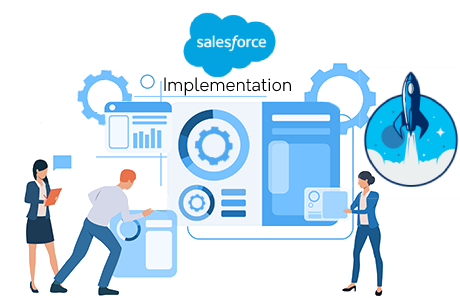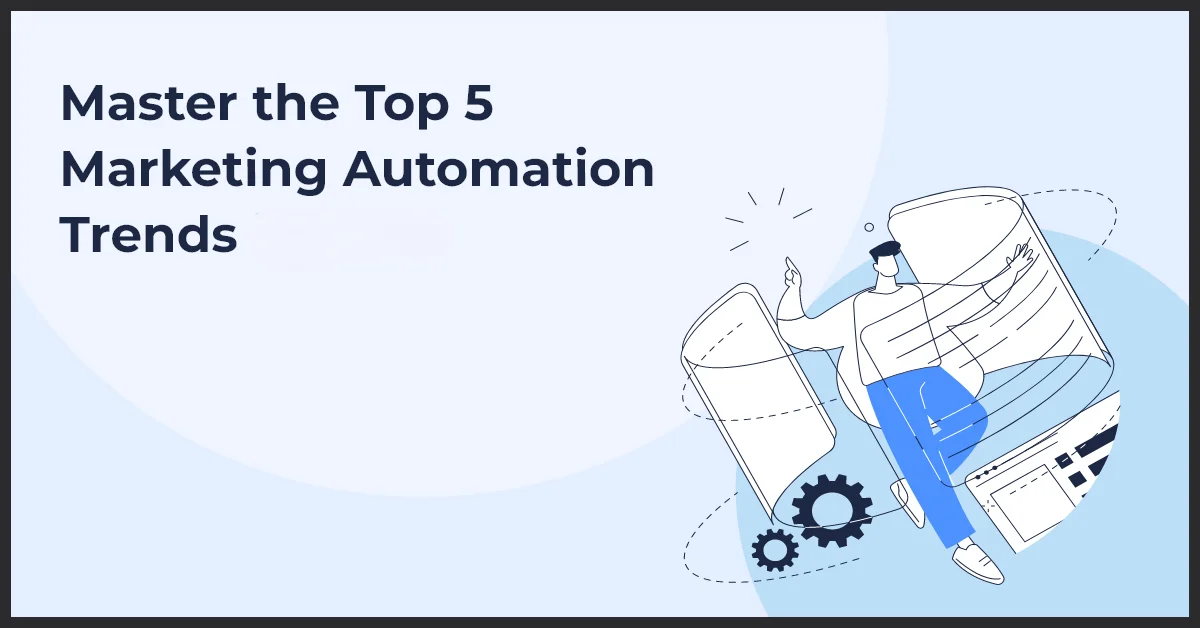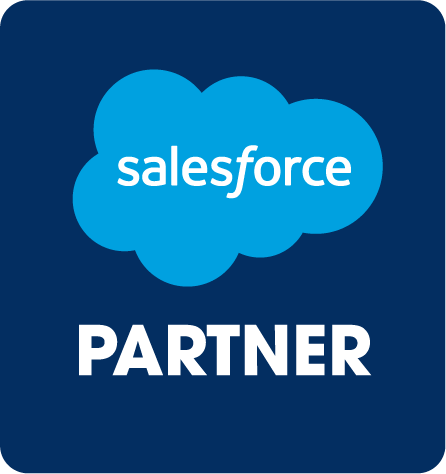Salesforce is a powerful Customer Relationship Management (CRM) tool that enables companies to connect with their clients through cloud-based software. With Salesforce, businesses gain a complete overview of operations, finance, sales, marketing, and more.
Salesforce offers a range of products tailored to different business needs, including Sales Cloud, Revenue Cloud, Service Cloud, Marketing Cloud, and Pardot. Each product serves a unique function, allowing businesses to streamline processes, automate workflows, and enhance customer engagement.
With the right Salesforce implementation, companies can enhance sales efficiency, close more deals, and improve forecasting accuracy. However, implementing Salesforce requires careful planning and execution to ensure its success. A structured approach helps businesses avoid common pitfalls and maximize the platform’s potential.
How to Implement Salesforce
Purchasing a Salesforce license is just the first step. The real challenge is adapting and customizing it to meet your business needs. Proper implementation requires a well-structured approach and expertise in CRM integration.
For a complete implementation, you typically need a project manager to oversee the process, a Salesforce consultant to guide the customization, and a Salesforce developer to handle complex configurations optionally. Many companies lack the internal resources to handle implementation efficiently, which is where certified Salesforce consultancies, like EMPAUA, provide valuable expertise and support.
Implementation Options
Implementing Salesforce Yourself (Not Recommended)
While Salesforce has an admin-friendly interface, self-implementation can lead to technical debt, requiring costly fixes later. Some of the risks associated with self-implementation include slowed productivity due to time-consuming research, underestimating project complexity, and a lack of experience in handling data migration and integrations effectively. Additionally, companies that attempt to implement Salesforce without proper expertise often struggle with user adoption, leading to wasted investment and inefficiencies.
Using a Salesforce Implementation Partner (Recommended)
Working with an experienced partner mitigates risks and ensures efficient implementation. A dedicated team can accelerate the process, leverage industry expertise, and follow best practices for a seamless deployment. Additionally, a good implementation partner provides training to ensure your team can manage Salesforce independently post-implementation. These experts also offer ongoing support to help businesses scale and optimize their CRM as they grow.
Salesforce Implementation Process
A successful Salesforce implementation follows these key steps:
1. Define Stakeholders
Identify key participants, including business users who will use the system daily, super users who assist in testing and training, a project manager to oversees progress, and a decision-maker who approves major project decisions. Ensuring the right stakeholders are involved from the beginning improves alignment and adoption. Stakeholder engagement also helps address concerns early and improves user buy-in.
2. Define High-Level Goals
Before starting implementation, it is crucial to align stakeholder expectations. Defining success metrics, identifying pain points, and addressing workflow inefficiencies are essential steps in this process. Understanding which features are most desirable ensures that the implementation meets business needs. Setting clear objectives ensures that the project remains on track and delivers measurable benefits.
3. Gather Requirements
Clearly defining requirements is fundamental to a successful implementation. Using precise and unambiguous language, keeping requirements concise, and ensuring they align with industry standards help avoid misinterpretations. A well-documented set of requirements serves as a roadmap for development and configuration. Gathering input from different departments ensures that all business needs are met.
4. Prioritize Requirements
Once requirements are gathered, they should be categorized based on priority. Must-have features are essential for system functionality, while should-have features add significant value but are not critical. Nice-to-have features, while useful, can be implemented later if resources allow. Prioritizing features prevents scope creep and ensures that essential functionalities are delivered first.
5. Build
With requirements prioritized, the development phase begins. This stage involves configuring Salesforce, integrating it with existing systems, and developing any custom features necessary for business operations. The build phase requires thorough documentation to ensure a seamless transition to testing and deployment.
6. Data Migration & Integration
Migrating data from legacy systems into Salesforce is a crucial step in the implementation process. It involves extracting, cleaning, transforming, and loading data to ensure accuracy and completeness. Poor data migration can lead to duplicate records, missing information, and incorrect reporting.
Integration with other business systems (e.g., ERP, marketing automation, customer support tools) ensures seamless data flow and enhances operational efficiency. Using Salesforce’s APIs or middleware solutions like MuleSoft, Zapier, or Boomi can help facilitate smooth integration. A well-executed data migration and integration strategy ensures Salesforce operates as a unified system within the organization.
7. Testing & Implementation of Feedback
Before going live, thorough testing ensures the system functions as expected. User feedback is invaluable during this stage, as it helps identify potential improvements and necessary refinements before full deployment. Testing should include real-world scenarios to ensure the system performs well under different conditions.
8. Prepare for Go-Live
Change management strategies should be in place to facilitate a smooth transition. This includes user training, support resources, and addressing any concerns that may arise during adoption. A phased rollout can help minimize disruptions and allow for adjustments before full deployment.
9. Go-Live
Once testing is complete and users are trained, the system is ready for launch. A structured go-live plan ensures minimal disruption to business operations. Continuous support post-launch helps address any issues and ensures user adoption. Ongoing monitoring and optimization help maximize Salesforce’s long-term value.
Implementation Methodologies
Two common methodologies for Salesforce implementation are the Waterfall and Agile approaches. The Waterfall method follows a linear sequence, completing all steps before going live, while the Agile method allows for iterative improvements through multiple sprints. Choosing the right methodology depends on business needs and project complexity. Agile is often preferred for dynamic environments where flexibility and continuous improvement are essential.
Conclusion
A well-planned Salesforce implementation can drive efficiency and growth. Whether working with an in-house team or a certified partner like EMPAUA, following best practices ensures a successful deployment. By defining clear goals, involving key stakeholders, and selecting the right implementation strategy, businesses can maximize Salesforce’s potential and achieve long-term success. Ongoing optimization and training are key to maintaining a high-performing CRM.
At MarketCatch Inc., we specialize in Salesforce Marketing Cloud. Our goal is to help you get the most out of Salesforce and achieve your business objectives.
We offer a range of services, including Salesforce implementation, customization, integration, data migration, training, and ongoing support. Our goal is to help you get the most out of Salesforce and achieve your business objectives.
Frequently Asked Questions (FAQ)
1. How long does a Salesforce implementation take?
The duration varies depending on business complexity, required customizations, and available resources. A basic implementation may take a few weeks, while a more complex one could take several months.
2. What is the cost of implementing Salesforce?
Costs depend on licensing fees, customization needs, consultant fees, and training expenses. Businesses should budget accordingly and consider long-term maintenance costs.
3. Can we implement Salesforce without a consultant?
While it is possible, it is not recommended. Consultants bring expertise, best practices, and efficiency to the process, reducing the risk of errors and ensuring successful adoption.
4. What are the common challenges in Salesforce implementation?
Common challenges include lack of stakeholder buy-in, unclear requirements, data migration issues, and poor user training. Addressing these early ensures a smoother implementation.
5. How can we ensure user adoption after implementation?
User training, ongoing support, and clear communication are key to ensuring adoption. Encouraging feedback and addressing user concerns promptly can improve engagement.
6. Can Salesforce be customized to fit our business needs?
Yes, Salesforce offers extensive customization options, including custom objects, workflows, and integrations with third-party applications to meet specific business needs.




